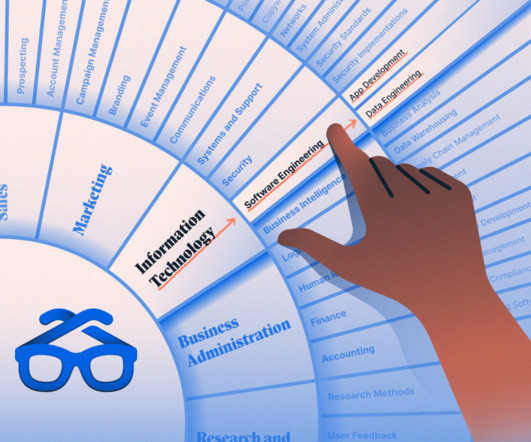What Is a Skills Taxonomy? And Why Is Your Competency Model Obsolete?
Degreed
MARCH 3, 2023
Michael Jordan famously practiced and perfected his basketball skills five hours per day, six days a week in the off-season. Just like Mike, everyday workers need to build skills with practice. Skills are needed to to perform well and can help lay out a path forward to the next role. Skills are today’s currency of work.







































Let's personalize your content